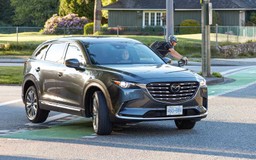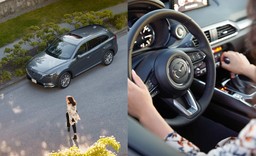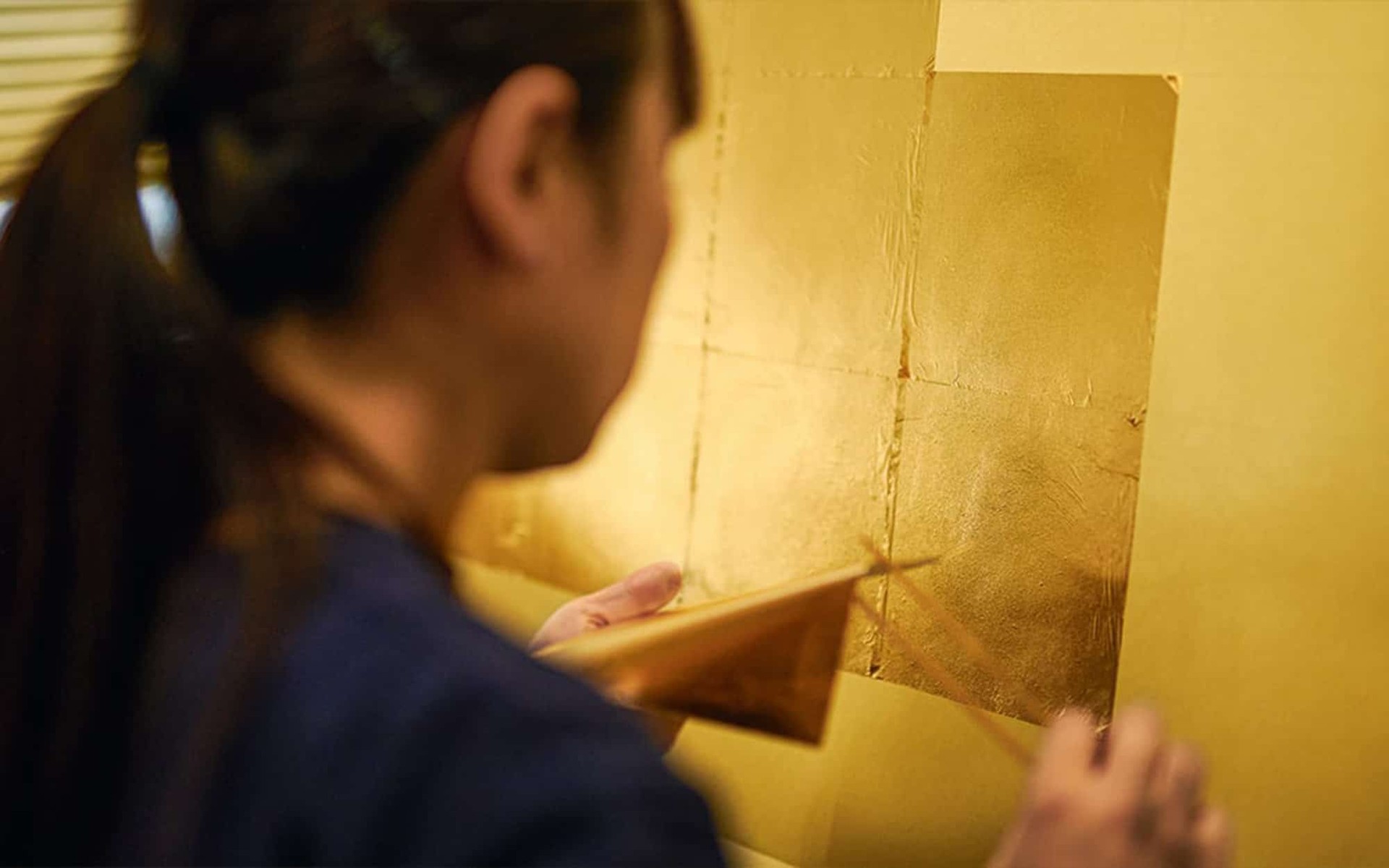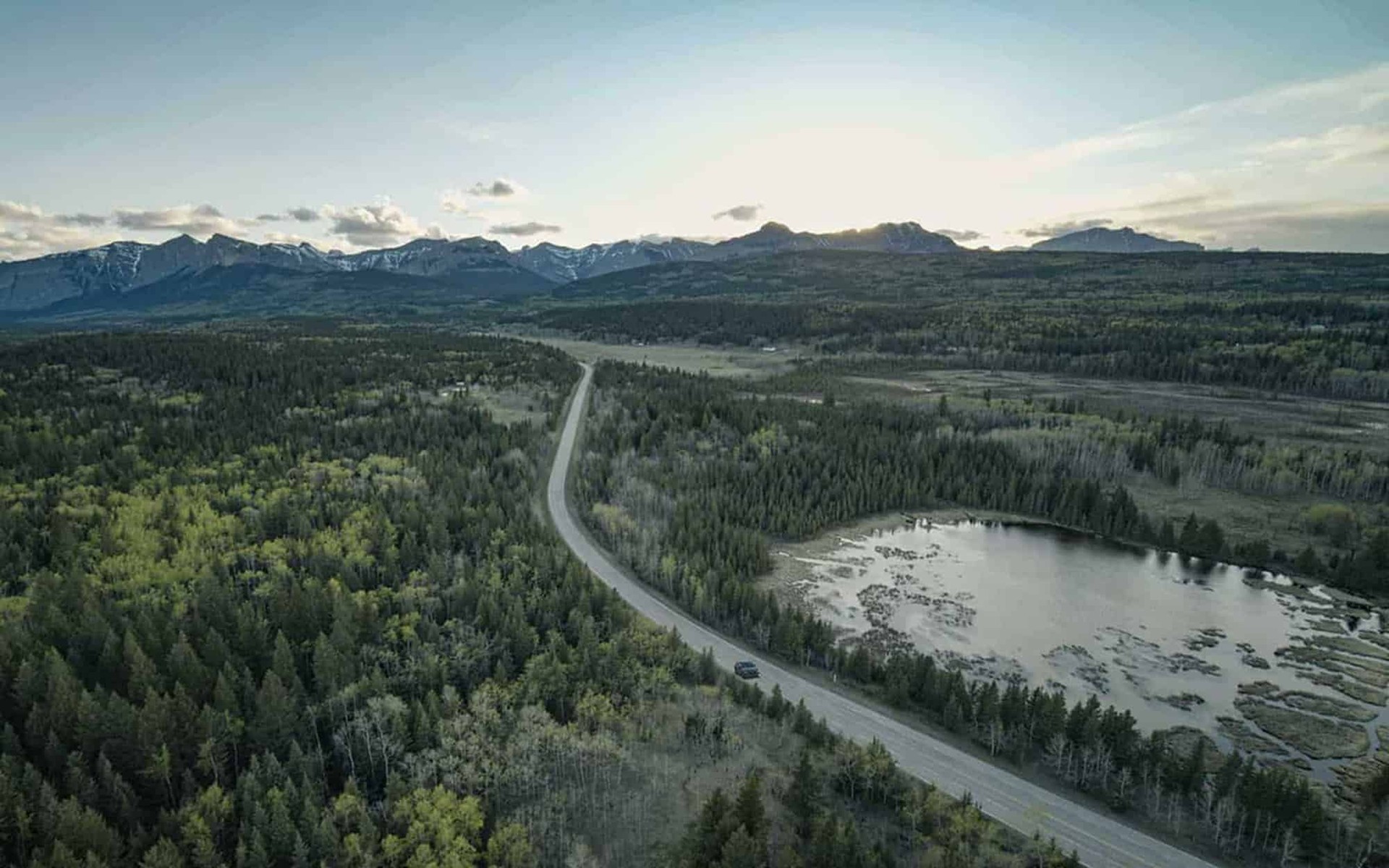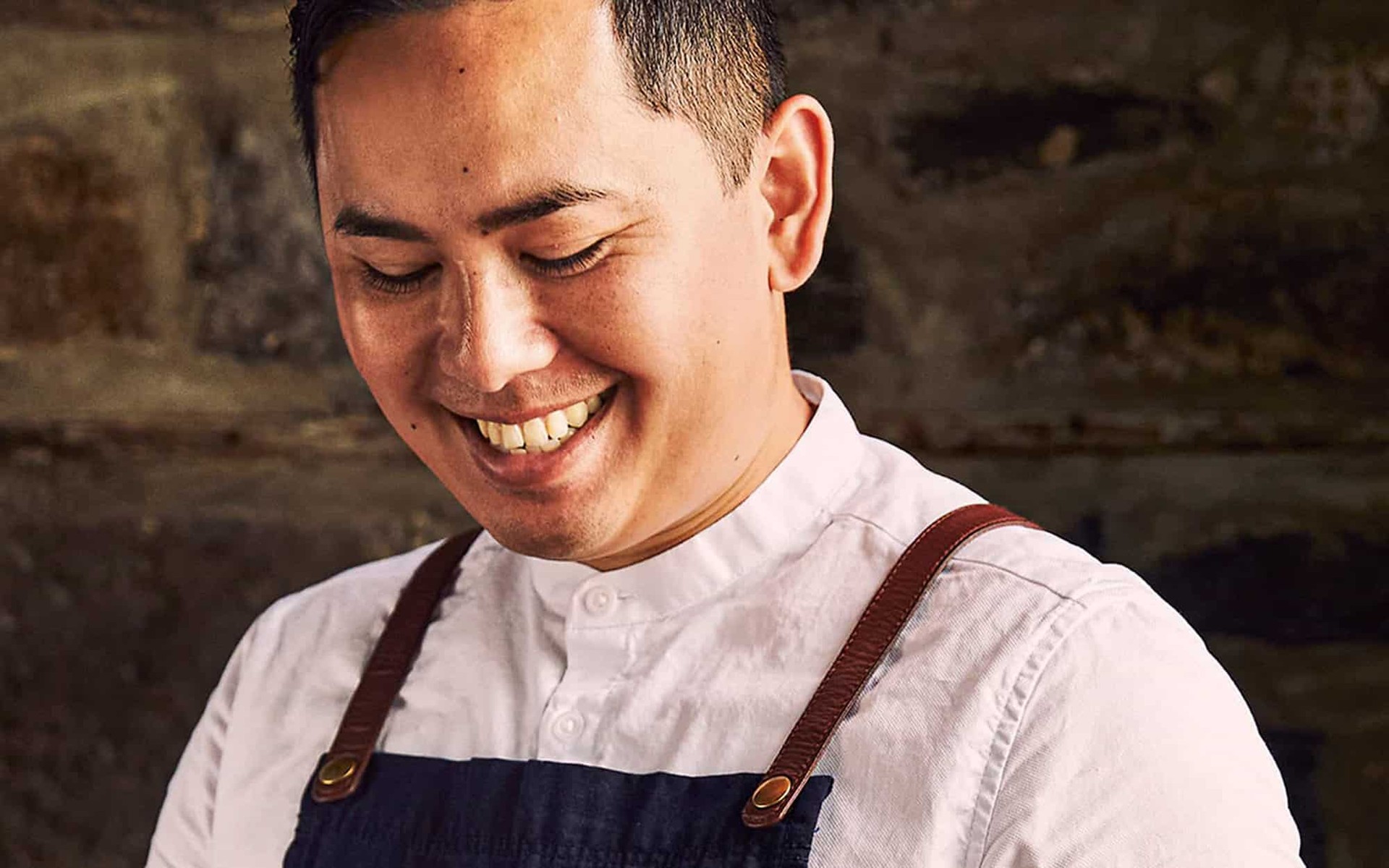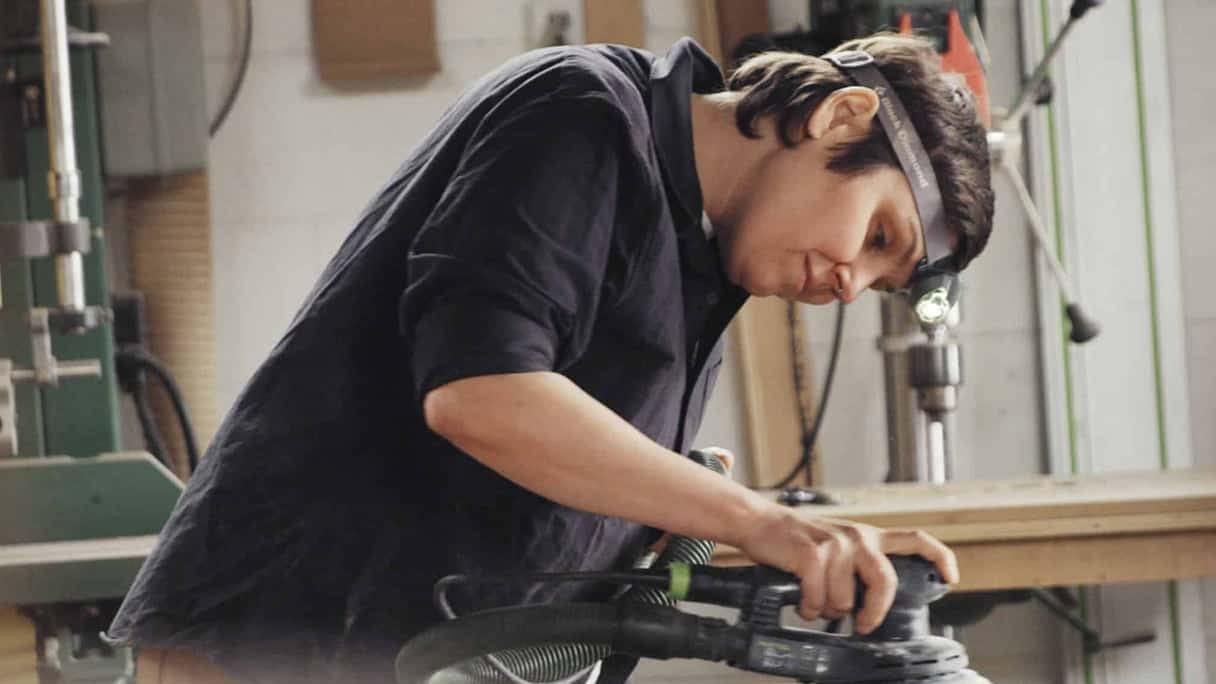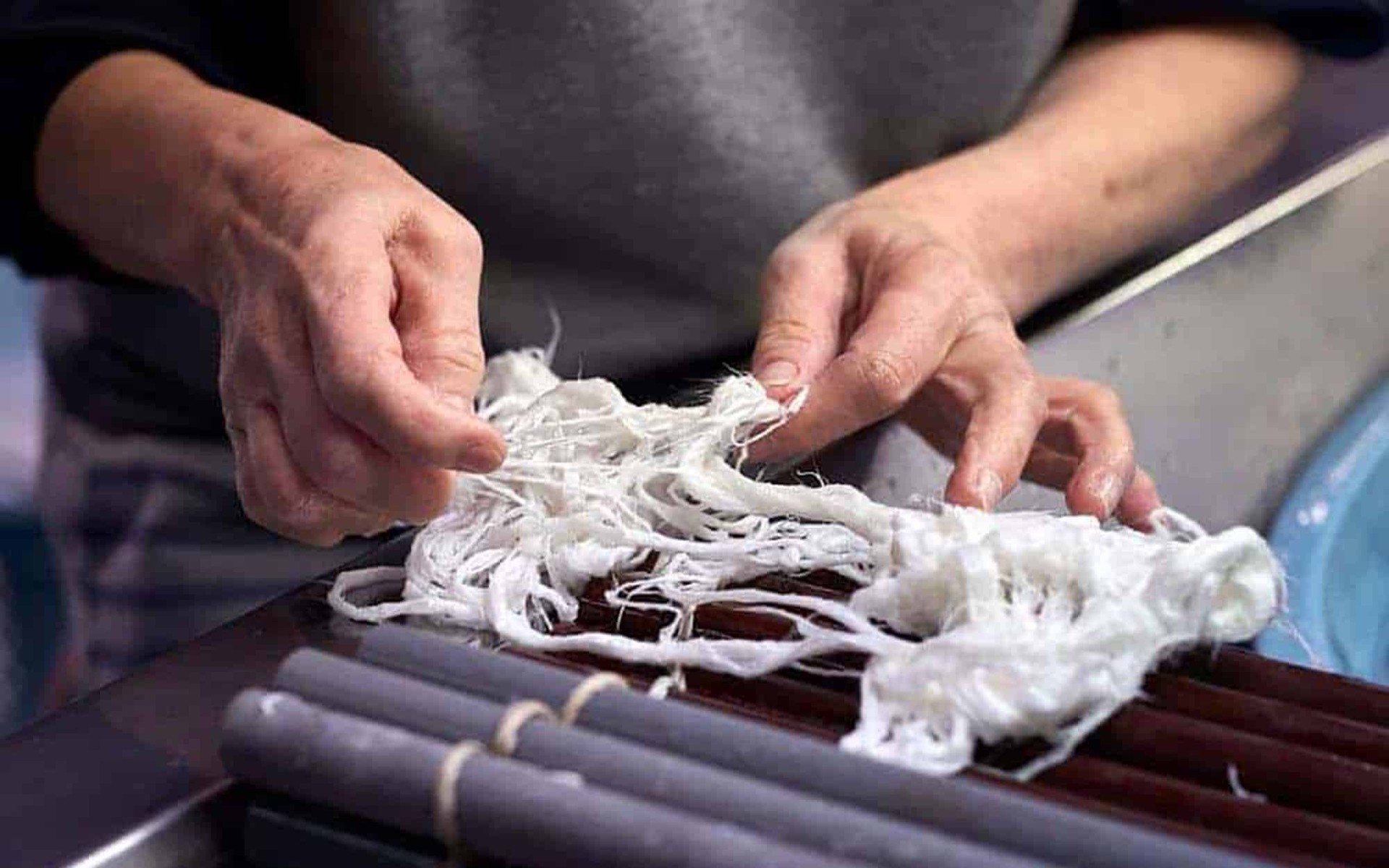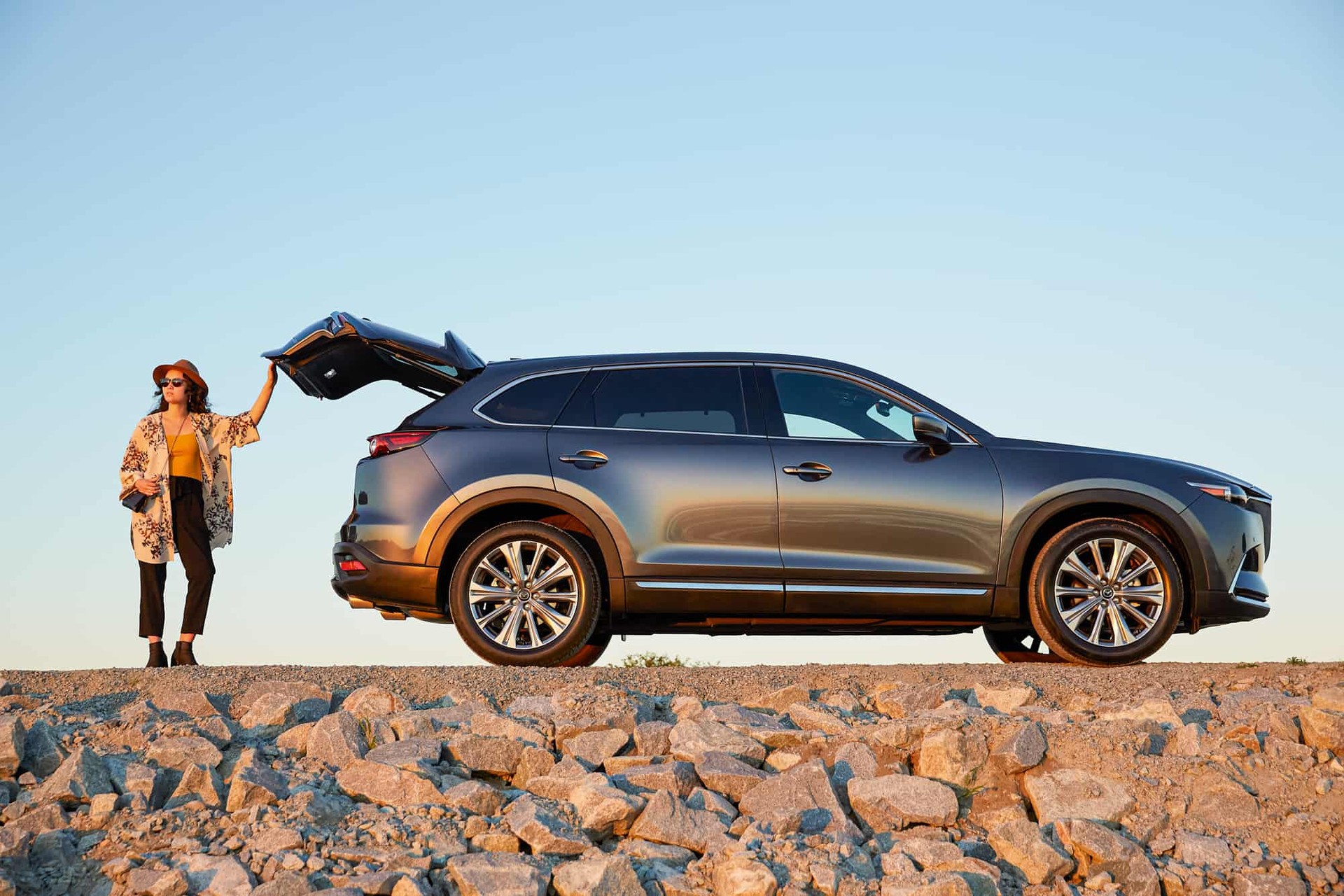
EXPLORE
EXPLORING JAPANESE CULTURE IN VANCOUVER BY MAZDA CX-9
6 minute read
Vancouver’s Japanese community mixes traditional talents with local influences. Our writer and the Mazda CX‑9 both take a trip back to their roots.
It’s summertime in Vancouver, but when I pull up to the ArtisanSakeMaker on Granville Island, it looks like it’s snowing. Cottonwood trees are shedding their delicate, fluffy seeds, making the pollen-sensitive miserable—and ensuring folks like Masa Shiroki, the shop’s owner, keep their roll-up doors shut tight until the last possible second.
I’m zooming around the city today in the Mazda CX‑9, exploring local highlights of Japanese culture in Vancouver with photographer Kyoko Fierro. And while taking a micro road trip in a shiny new SUV on a gorgeous day certainly beats my regular work-from-home setup, the purpose of the journey is also quite personal to me. I’m biracial (my father is Japanese and my mother is white) and both Japanese and Western traditions make up the building blocks of my identity. I eat rice at every meal and can’t dance. Cultural combos are in my blood.
And the Artisan SakeMaker himself knows all about mixing. In 2007, Shiroki founded the first sake rice crop farm in the country, and began making sake on Canadian soil using traditional Japanese methods. This was after retiring from a government trade promotion job in his 50s—he calls this his “second life”. He tried his hand at importing sake from Japan, but the market here was tough. “I thought, what if I started making sake myself, here, in the Canadian consumers’ backyard?” Shiroki remembers. “Would they take more ownership, would they support more, because it becomes our sake?”
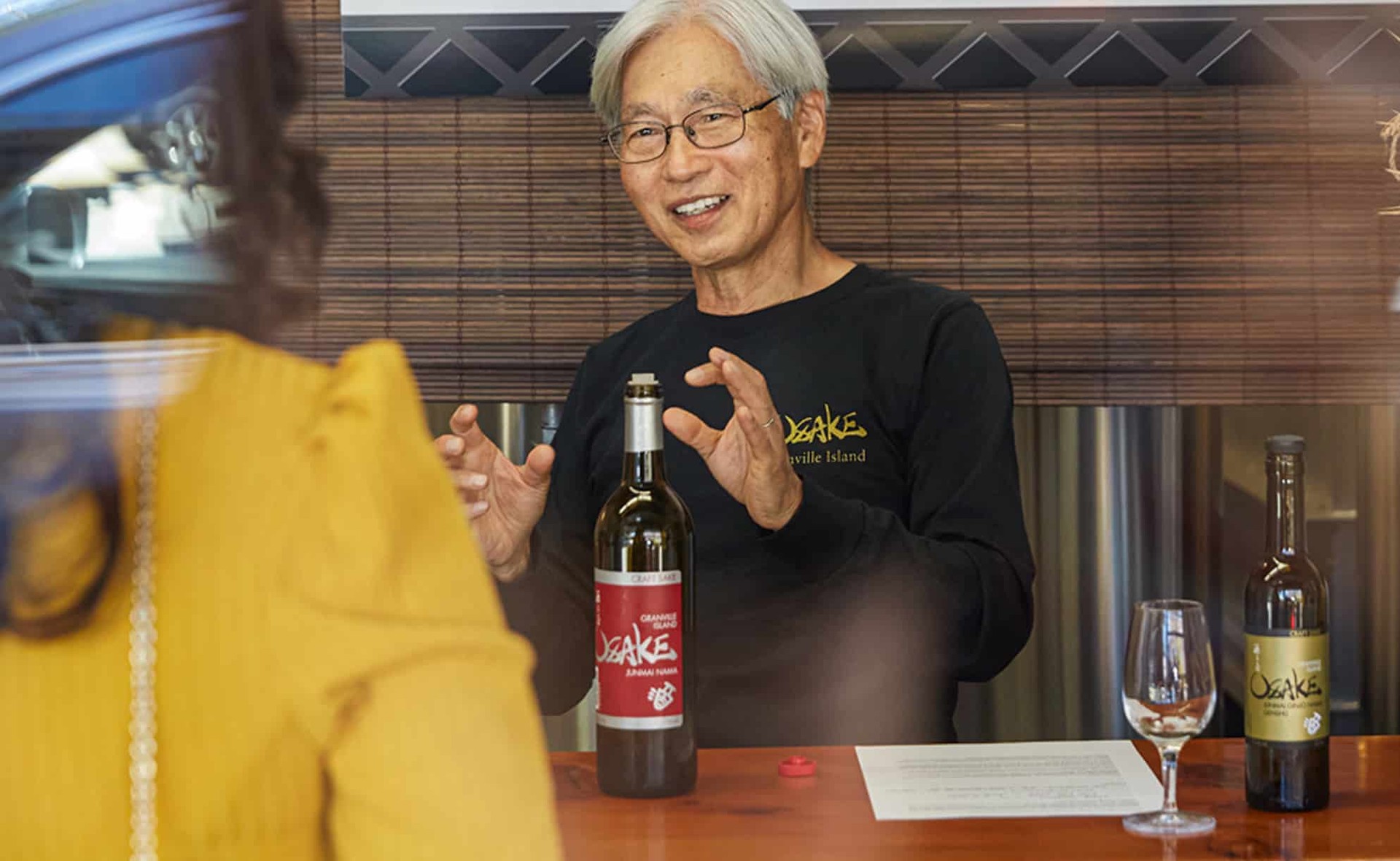
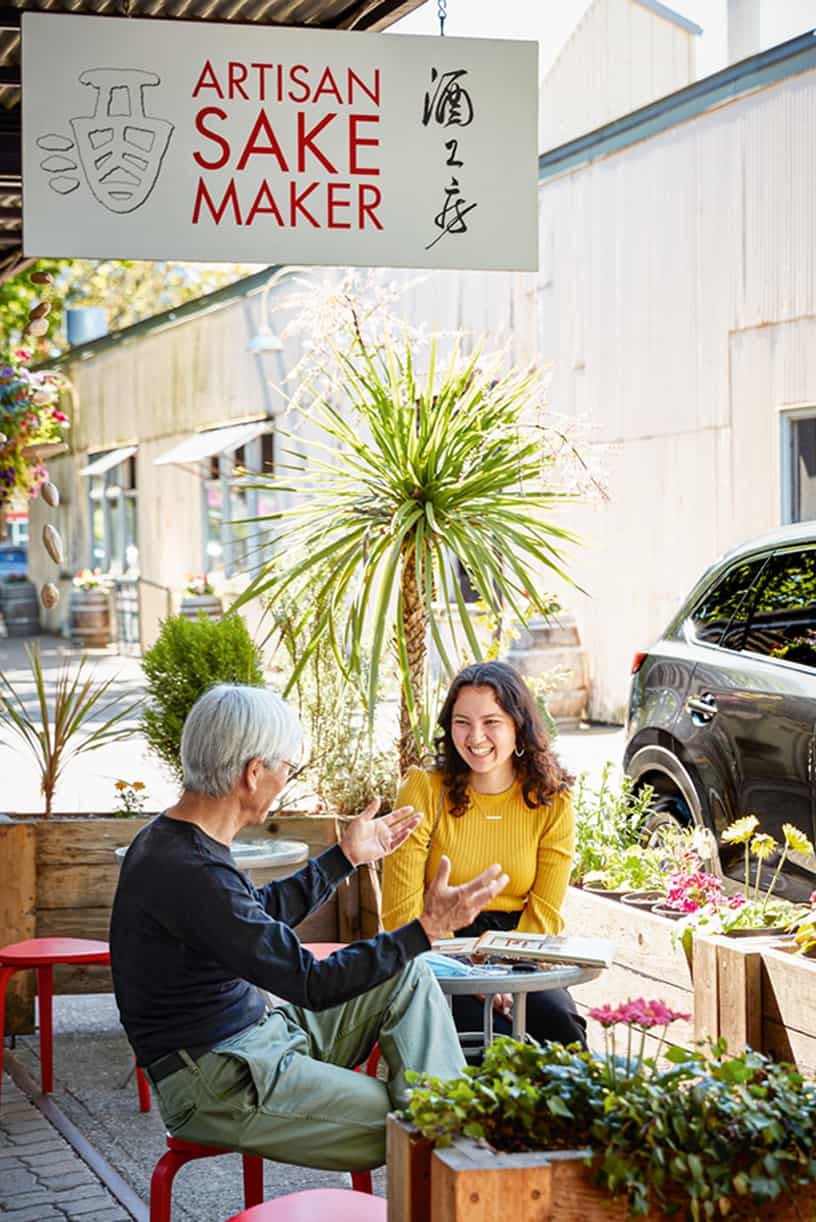
The answer was yes. Vancouverites love Osake, the Artisan SakeMaker’s brand, not because it’s exactly like traditional sake, but because it’s made for them. Different ratios of rice, water, and yeast—plus the impact of the westcoast environment—make Osake more savoury than its Japanese counterpart. Shiroki’s menu provides suggested food pairings for each bottle, with recommendations like lasagna, tandoori chicken, and Baja fish tacos. “Our sake goes with Japanese food, but that is not fun to me anymore,” Shiroki quips. “People ask if it goes with sushi, and I say yes, absolutely—but it goes beyond.”
After a tour and a teeny-tiny tasting (I’m driving!), Shiroki brings out a photo album from the 70s, where a picture of him in his brand-new Mazda Cosmo is proudly preserved. There were only 20 in Canada at the time, and Shiroki was drawn to the sports car’s well-marketed cool factor. He remembers the stylish silhouette and burgundy interior, but the slogan in particular. He says it in Japanese and then tries in English: “a whiff of Cosmo”. We laugh at how not everything can be successfully translated. At least sake can.
”Shiroki brings out a photo album from the 70s, where a picture of him in his brand-new Mazda Cosmo is proudly preserved.”
It’s a quick drive from Granville Island to Tojo’s, the first omakase restaurant in Vancouver and the birthplace of the California roll. Chef Hidekazu Tojo is easily the most famous Japanese chef in the city; he’s served everyone from Pink Floyd to Justin Bieber to William and Kate. After his training in Osaka, Chef Tojo moved to Vancouver and was surprised to learn that many Canadians didn’t like sushi—yet. Locals were put off by raw fish and seaweed, but the chef had a few tricks up his sleeve. “Teaching. Training. Just like a baby,” he says. His explanation has everyone laughing. “So they don’t like seaweed? Okay, seaweed on the inside. They don’t like raw fish? Okay, everything cooked.”
Tojo’s “inside out” roll, made with Dungeness crab, avocado and spinach was a success that spread across the world, and the Japanese media coined the term California roll. The name was a West Coast generalization that unfortunately gave little credit to Tojo himself, and some old-school sushi lovers weren’t into the adaptation. “Many people say, Tojo, this is wrong, this is not traditional,” he says, “but you make tradition.” The “training” roll encouraged Vancouverites to try others, and now sushi is a local go-to meal.
Chef Tojo still changes his menu every day—he’s constantly innovating and adapting, blending classic techniques with local ingredients. His regular customers, some who have been dining at the restaurant weekly for over 30 years, are eager to try new things. Out-of-towners always want the original California roll (called the Tojo Roll on the menu). I ask him if he’s tired of making it—while he’s making one for us—and he says no. “I’m very flexible. I don’t mind. Never tired,” he says.
”It’s a quick drive from Granville Island to Tojo’s, the first omakase restaurant in Vancouver and the birthplace of the California roll.”
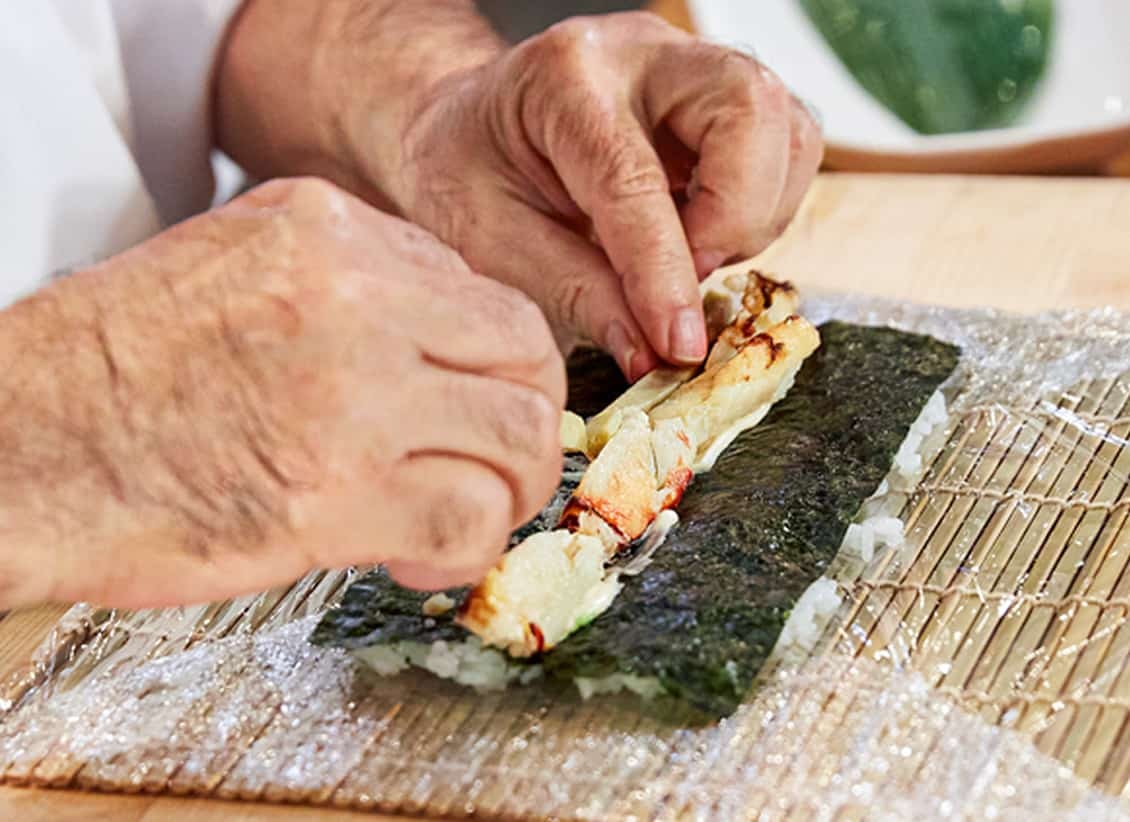
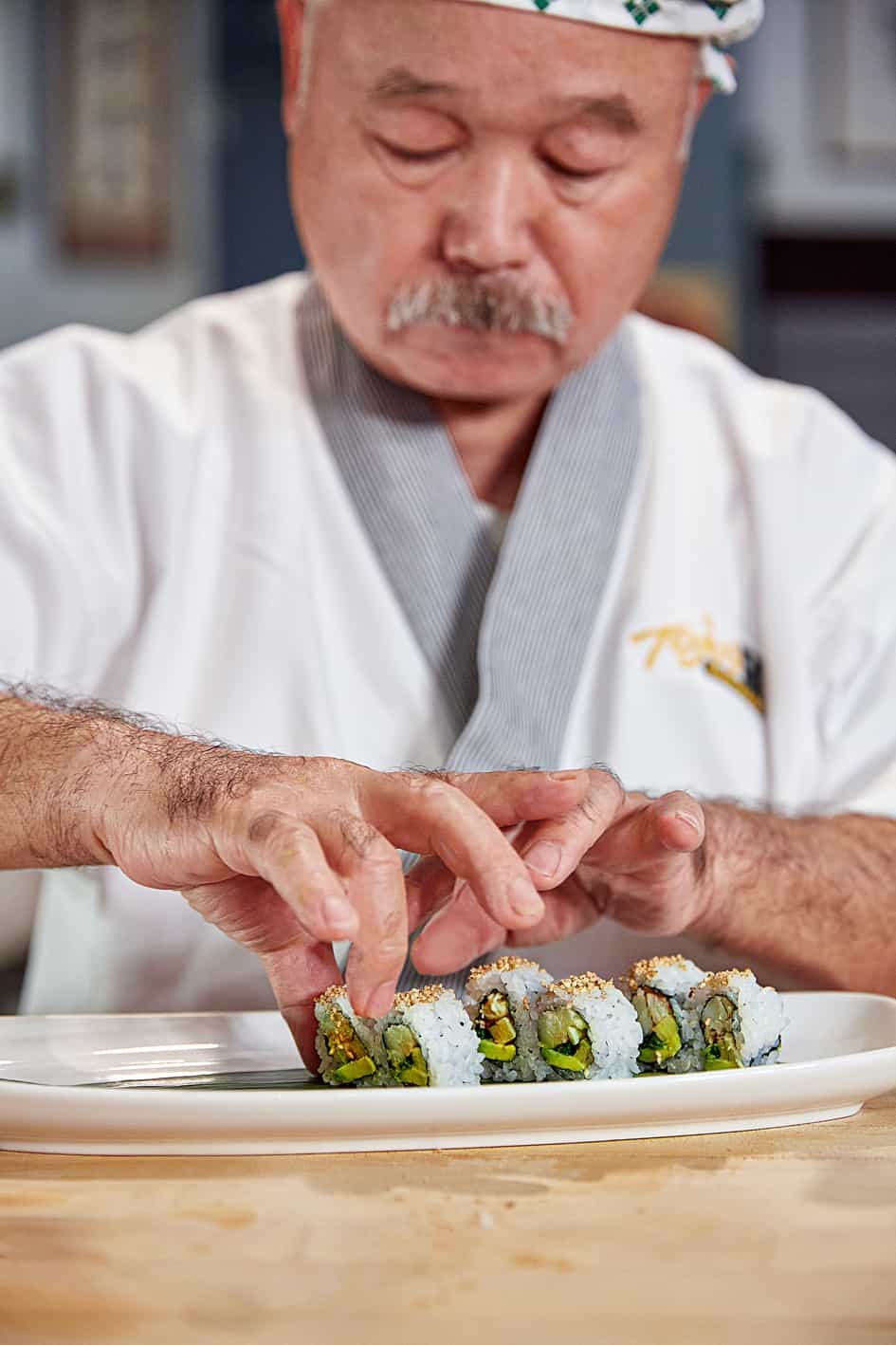
As I drive east from Tojo’s (making good use of the air conditioning, it’s a hot one) it strikes me how both the chef and the sake maker embrace innovation, unbound by tradition. We’re so obsessed with “authentic” food and drink, and drawing clear lines between what is real and what is imitation, when—as Tojo said—all traditions start somewhere. Minori Takagi, a glass artist working in east Vancouver, has started traditions of her own. Takagi made intricate glass beads, called tombodama, in Japan, but changed up her artistic style when she moved to Canada in 2006. “People have confidence here. They are not afraid to try unique jewellery,” she says. She first exhibited at the Powell Street Festival, an annual summer event that celebrates Japanese-Canadian arts and culture. Now she has her own studio in the Mergatroid building, an east Vancouver staple completely devoted to artists.
Takagi’s jewellery starts as glass rods, which she imports from a company in Osaka that’s been around since 1927. She uses a Japanese Bunsen burner and an air-burning torch to melt, shape, and turn the glass into statement necklaces, stud earrings shaped like fruit, and various other pieces—all of them beautiful and one of a kind. I try on a pair of pencil-shaped earrings (“Good for you, because you’re a writer!” she says), and I’m thrilled by the fun, cartoon-like statement they make. Glass art is a serious craft, but Takagi’s whimsy and playfulness shine through in her work.
”Takagi’s jewellery starts as glass rods, which she imports from a company in Osaka that’s been around since 1927.”
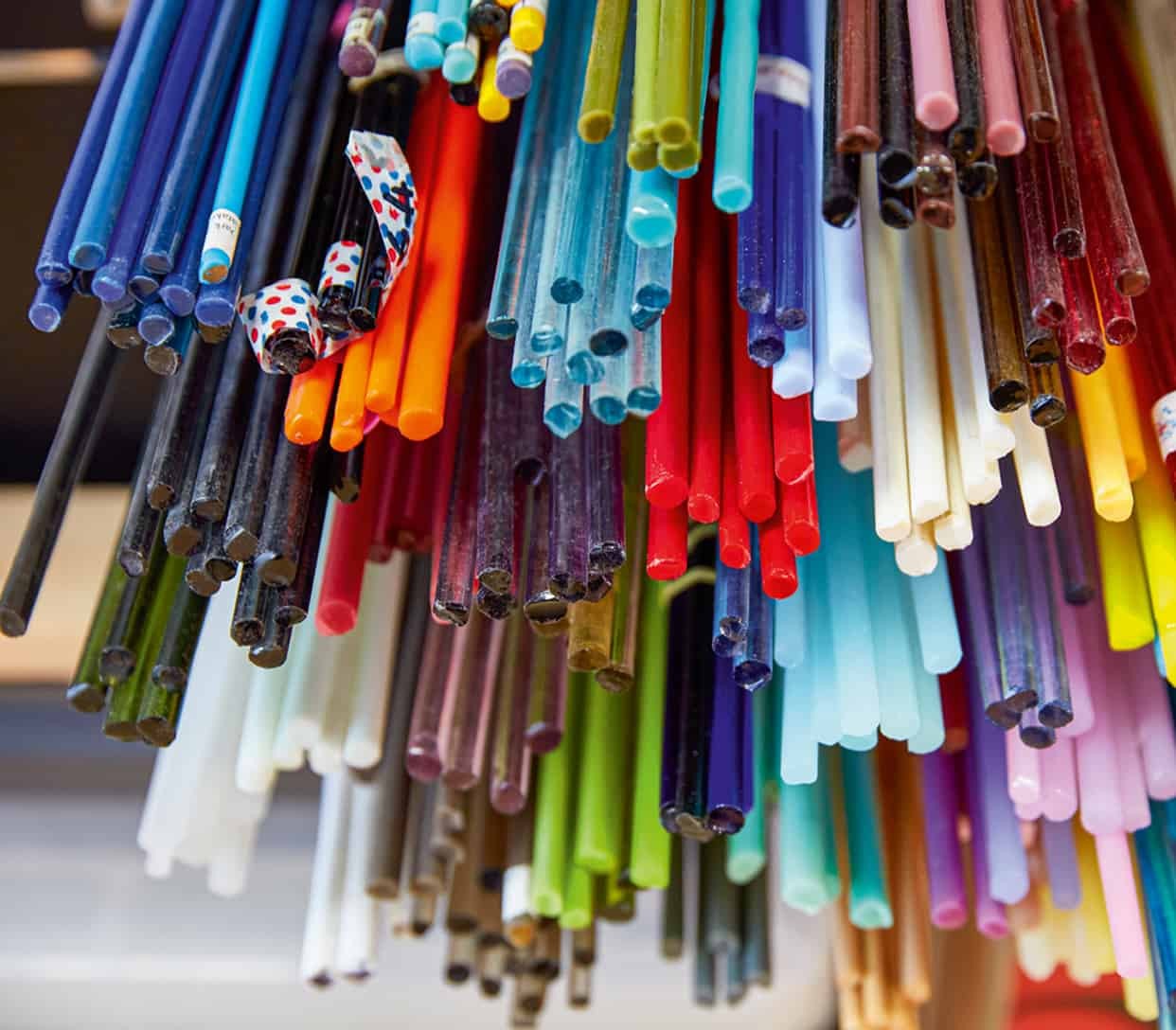
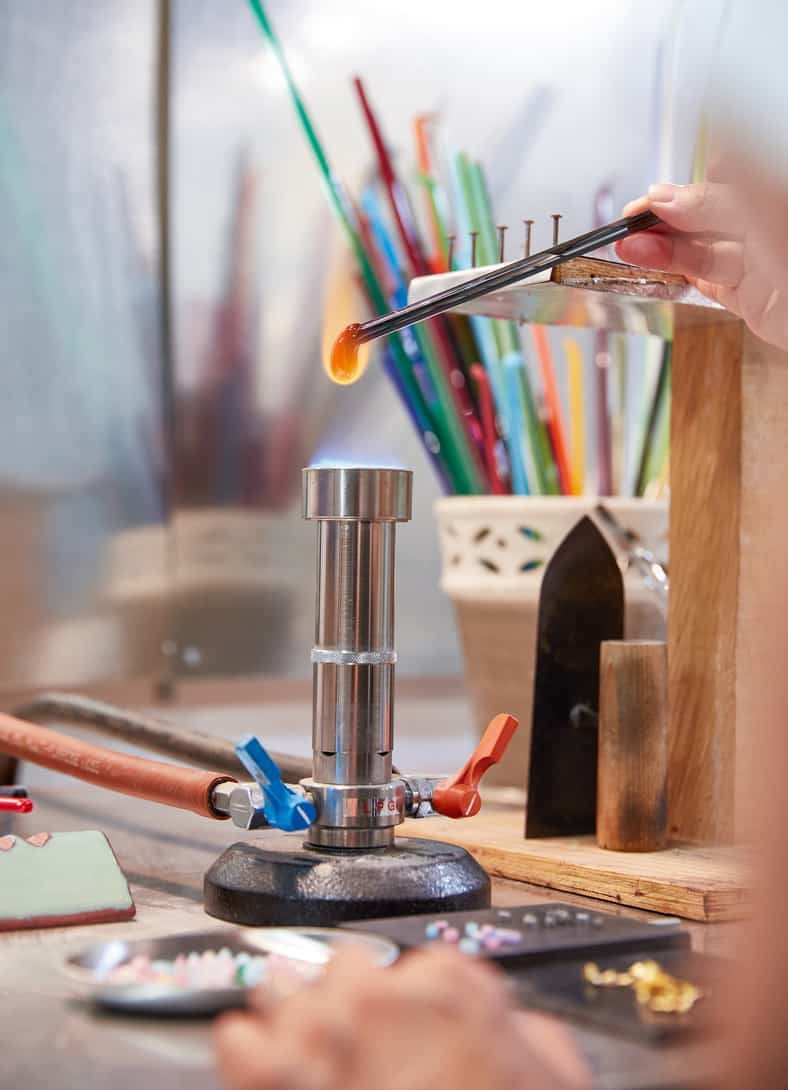
The glass isn’t the only thing melting in the studio—again, it’s a sweltering day. That makes for good photos, though, so Kyoko and I drive to the Nitobe Memorial Garden, then to Iona Beach, which is in the nearby suburb of Richmond, where I grew up. The sun is setting on our little tour (literally) and it feels fitting to end up in my hometown, when so much of today has made me think of my own roots. It was validating to hear the folks I met with talk about their craft—about creating something new with Western influence, and how they, in turn, influence the West. Merging two cultures doesn’t necessarily mean diluting one or the other. Innovation is challenging but necessary, and with a little passion, it can be a lot of fun.

THE MAZDA CX‑9
I’d be lying if I said I wasn’t a little nervous to manoeuvre the brand-new CX‑9 through city traffic, but I ended up barely thinking about the drive. The back-up camera and 360‑degree view made parking a breeze, and I loved how much power there was in the acceleration (yes, I did Zoom-Zoom). The sunny day made me grateful for the simple pleasures like air conditioning and singing along to my tunes as they blasted through the Bose speakers. I made the journey alone—for the best, as my voice is not great—but there was enough room for half a dozen passengers.
”The sunny day made me grateful for simple pleasures like air conditioning and singing along to my tunes as they blasted through the Bose speakers.”
All day I kept saying I felt like a queen (sake tasting, personal chef, one-of-a-kind jewellery—yes please) but the CX‑9’s interior had me feeling my most royal: I was very comfy in the eight-way power-adjustable seat, for hours. The shoot lasted from 9:00 a.m. until 10:30 p.m., and it was a relief to settle in to the driver’s seat between every stop.
Once the sun set, the LED illuminated interior felt futuristic and cool, and reactive headlights turned as I moved the steering wheel. I appreciated the windshield-projected driving display, which showed how my speed compared to the limit in my current location. Sensors warned me if I signaled while there was something in my blind spot. Overall, it was a comfortable, easy drive, and despite traveling all over the city, the fuel tank indicator hardly moved. I could have gone a lot farther. They’re lucky I returned it.
Words Alyssa Hirose / Images Kyoko Fierro
find out more
Luxury, comfort and power
Find out more about the sophisticated Mazda CX-9


